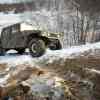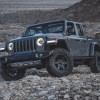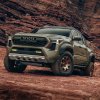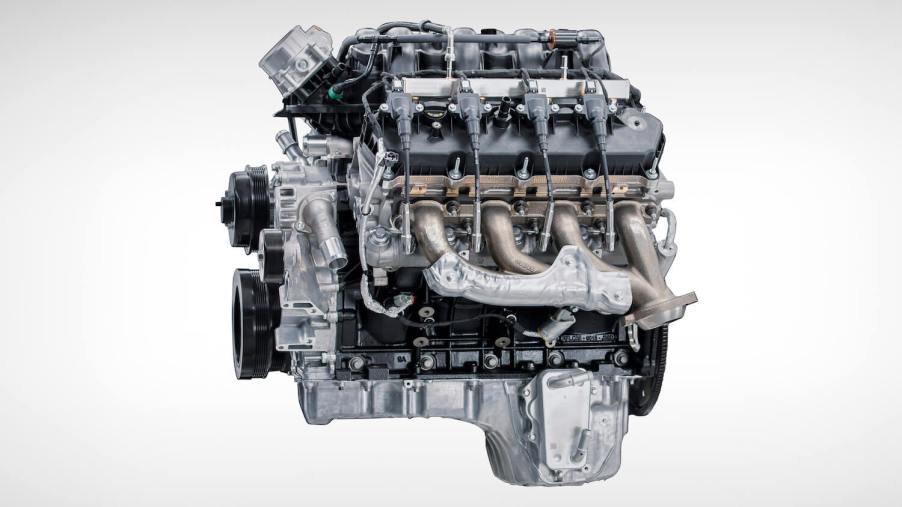
What Are Cylinders in a Car or Truck Engine?
Do you always hear your motorhead friends referring to how many “cylinders” their car or truck has, but don’t want to ask what the heck they’re talking about? You’ve come to the right place! On Motorbiscuit, there is no question too fundamental. An automotive cylinder is simply the chamber where an internal combustion engine ignites its fuel. An engine with more cylinders harnesses the force of more explosions during every revolution.
What are cylinders in a car or truck engine?
The heart of every internal combustion engine is the series of chambers that compress and ignite an air/fuel mixture. In most engines, these chambers are cylindrical bores in the metal engine block. The floor of each cylinder is a moveable piston.
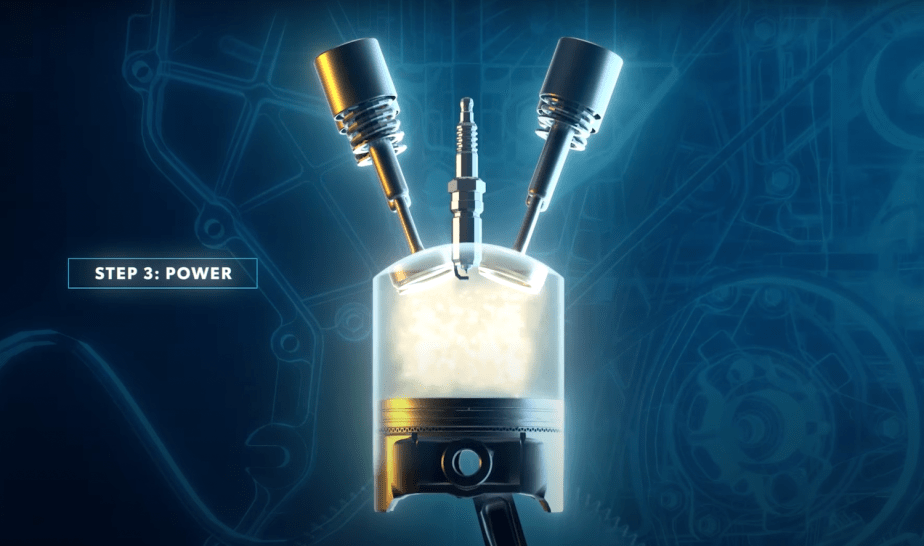
Why does the floor of a cylinder move? Two reasons: First this piston travels upward and makes the cylinder smaller to compress the air/fuel mixture. Then when a spark plug or the pressure ignites the fuel, the expanding gases from the explosion drive the piston back down.
How does the engine transform this downward force into forward force? The process is similar to how a bicycle uses the downward force from your pedaling feet to push the bike forward. Each piston is connected to the crankshaft at the bottom of the engine. The cylinders take turns firing, so pistons drive the crankshaft continuously. Then the crankshaft spins the transmission, which, in turn, rotates the wheels.
What do cylinders do in a car or truck engine?
An engine’s cylinders contain the pressure created by combusting a fuel/air mixture. The top of each cylinder contains at least one intake valve, at least one exhaust valve, and at least one spark plug or glow plug to ignite the combustion.
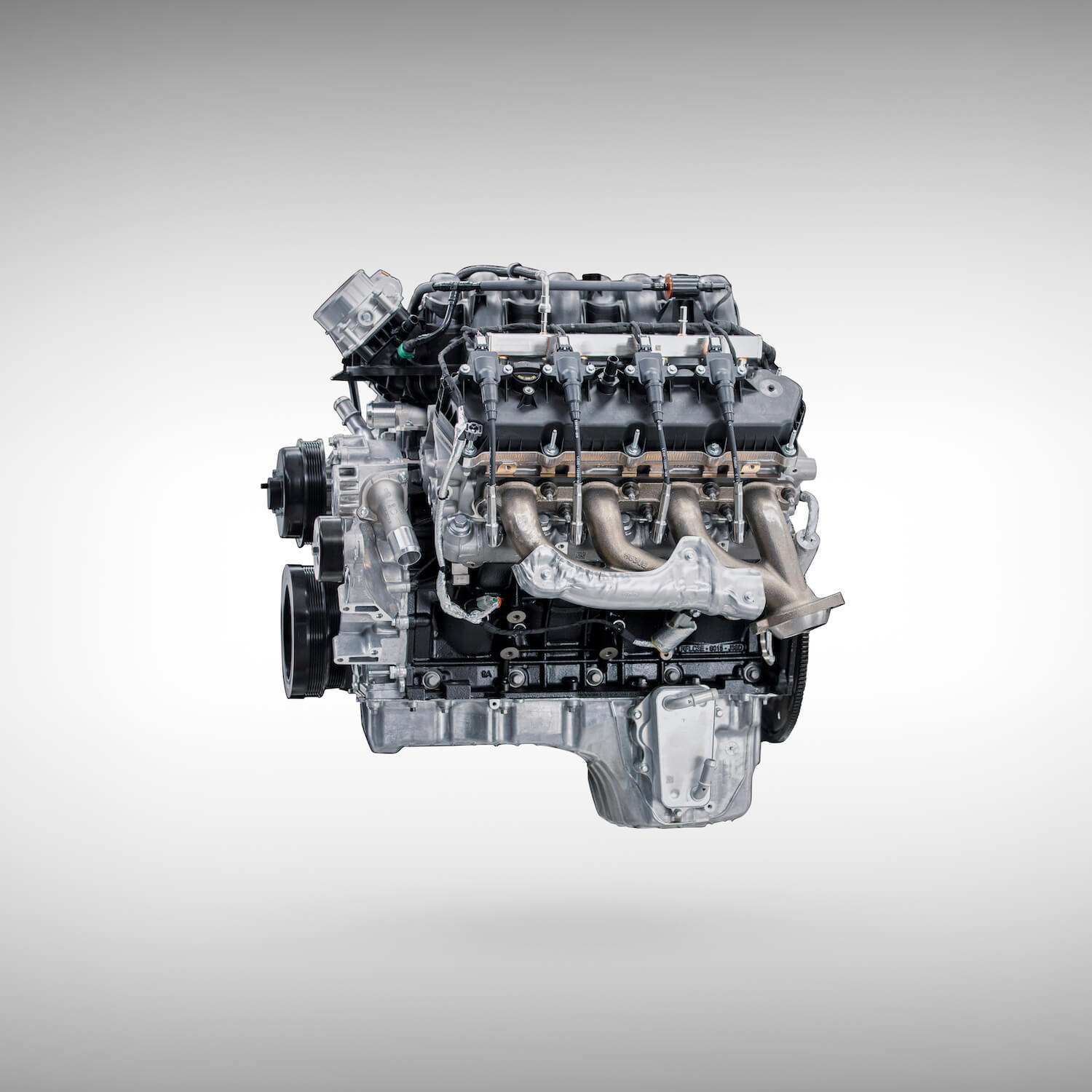
At the beginning of each cylinder’s combustion cycle, its intake valve opens, filling it with fresh air and gasoline or diesel fuel. Then, as the other cylinders are firing, the engine’s crankshaft pushes this engine’s piston upwards and compresses that air/fuel mixture.
Diesel engines use a glow plug to heat up this mixture, but it combusts from the pressure alone. Gasoline engines, however, must use a spark plug to light the air/gas mixture. The primary force created by this explosion is expanding exhaust gases which drive the piston back down.
The combustion process makes much more sense when you can watch it yourself. Toyota has created an excellent video to illustrate how an engine works. Check it out here:
What does the number of cylinders in a car or truck engine mean?
Engines with more cylinders are often costly options because they are more expensive to build. But they can harness the power of more explosions during every crankshaft revolution (J.D. Power). Thus they are often either more powerful or run smoother. But this is not always the case.
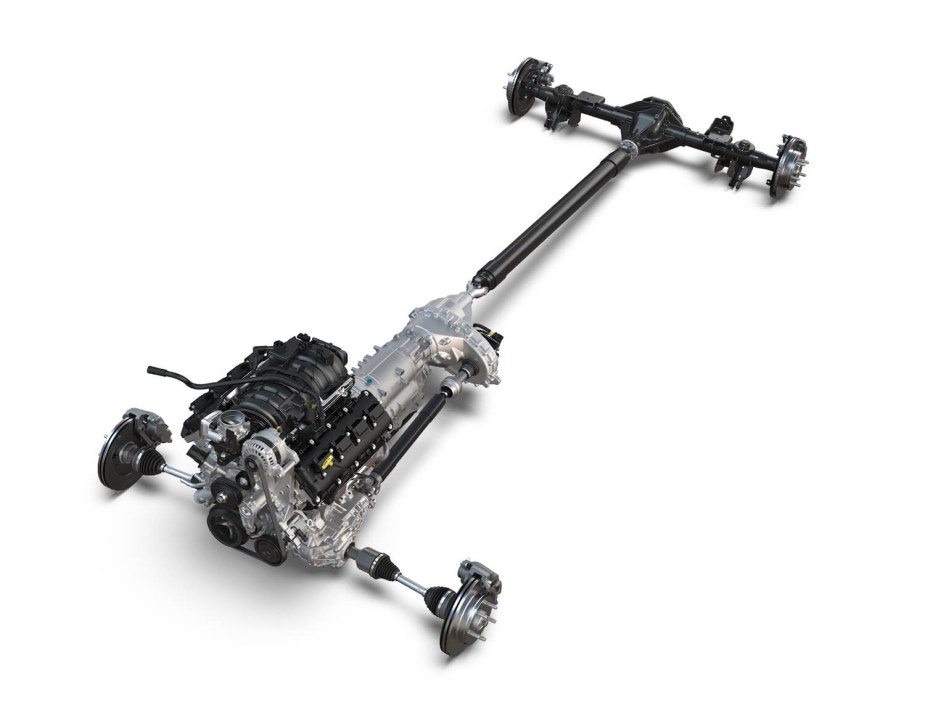
Many drivers first hear “engine cylinder” when told how many cylinders a given car or truck engine has. And this is because most automakers offer entry-level engines with fewer cylinders (such as the 3.6-liter V6 in the Ram 1500) and premium engines with more cylinders (such as the same truck’s 5.7-liter V8). But in this case, the V8’s extra displacement (cylinder volume and thus explosion size) is primarily responsible for its extra 100 horsepower.
Engines with more cylinders can be more expensive to both buy and maintain. But more combustions per crankshaft revolution enable certain engines with more cylinders to accelerate more smoothly and spin faster. This is why some supercars–such as Ferraris and Aston Martins–are often engineered with V12 engines. Or, in the case of the current Bugatti, even W16 engines.
Honestly, there is a huge range of engine sizes, configurations, and cylinder counts. Technologies such as turbochargers and superchargers also can make smaller engines more powerful than larger ones. So while cylinder count is often an indicator of an engine’s output (and cost), it is far from the only one.
Next, learn whether diesel truck engines make more torque, or see how turbochargers and superchargers work in this final video:
